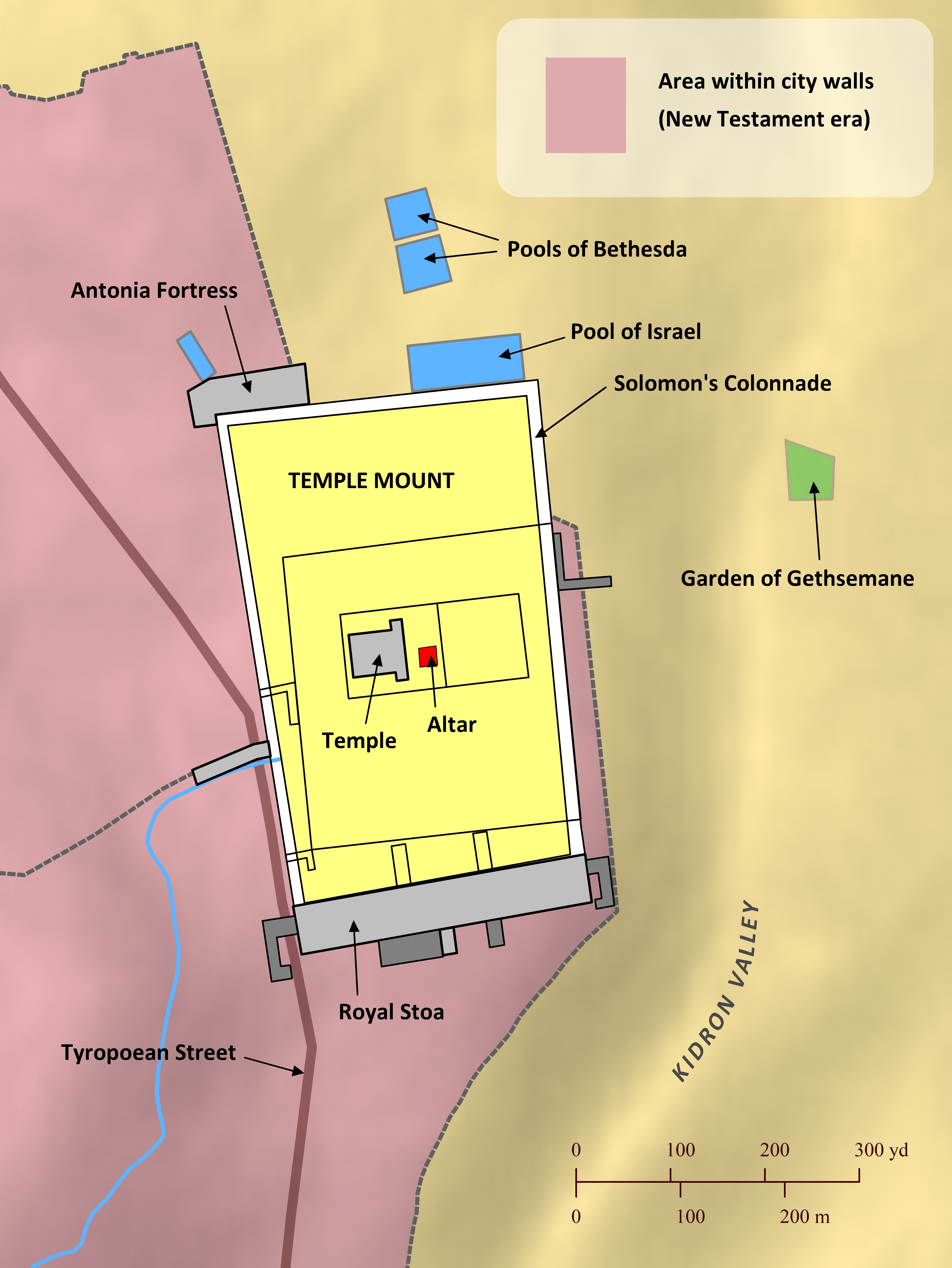Note: This view shows ‘verses’ which are not natural language units and hence sometimes only part of a sentence will be visible—click on any Bible version abbreviation down the left-hand side to see the verse in more of its context. Normally the OET discourages the reading of individual ‘verses’, but this view is only designed as a tool for doing comparisons of different translations—the older translations are further down the page (so you can read up from the bottom to trace the English translation history). The OET segments on this page are still very early looks into the unfinished texts of the Open English Translation of the Bible—please double-check these texts in advance before using in public.
OEB No OEB NEH book available
WEBBE The temple servants: the children of Ziha, the children of Hasupha, the children of Tabbaoth,
WMBB (Same as above)
NET The temple servants:
¶ the descendants of Ziha, the descendants of Hasupha, the descendants of Tabbaoth,
LSV The Nethinim: sons of Ziha, sons of Hasupha, sons of Tabbaoth,
FBV The descendants of these Temple servants: Ziha, Hasupha, Tabbaoth,
T4T ¶ Temple workers who returned were descendants of these men: • Ziha, Hasupha, Tabbaoth,
LEB The temple servants: the descendants[fn] of Ziha, the descendants[fn] of Hasupha, the descendants[fn] of Tabbaoth,
BBE The Nethinim: the children of Ziha, the children of Hasupha, the children of Tabbaoth,
Moff The temple-attendants: the clans of Ziha, Hasupha, Tabbaoth,
JPS The Nethinim: the children of Ziha, the children of Hasupha, the children of Tabbaoth;
ASV The Nethinim: the children of Ziha, the children of Hasupha, the children of Tabbaoth,
DRA The porters: the children of Sellum, the children of Ater, the children of Telmon, the children of Accub, the children of Hatita, the children of Sobai: a hundred thirty-eight.
YLT The Nethinim: sons of Ziha, sons of Hasupha, sons of Tabbaoth,
Drby The Nethinim: the children of Ziha, the children of Hasupha, the children of Tabbaoth,
RV The Nethinim: the children of Ziha, the children of Hasupha, the children of Tabbaoth;
SLT The Nethinims: the sons of Ziha, the sons of Hasupha, the sons of Tabbaoth,
Wbstr The Nethinims: the children of Ziha, the children of Hashupha, the children of Tabbaoth,
KJB-1769 ¶ The Nethinims: the children of Ziha, the children of Hashupha, the children of Tabbaoth,
KJB-1611 ¶ The Nethinims. The children of Ziha, the children of Hashupha, the children of Tabaoth,
Bshps The Nethinims: The children of Siha, the children of Hasupha, the children of Tebbaoth,
Gnva The Nethinims: the sonnes of Ziha, the sonnes of Hashupha, the sonnes of Tabaoth,
(The Nethinims: the sons of Ziha, the sons of Hashupha, the sons of Tabaoth, )
Cvdl The Nethinims, The children of Ziha, ye childre of Hasupha, the childre of Tabaoth,
(The Nethinims, The children of Ziha, ye/you_all children of Hasupha, the children of Tabaoth,)
Wycl porteris, the sones of Sellum, sones of Ater, sones of Thelmon, sones of Accub, sones of Accita, sones of Sobai, an hundrid and eiyte and thretti;
(porters, the sons of Sellum, sons of Ater, sons of Thelmon, sons of Accub, sons of Accita, sons of Sobai, an hundred and eight and thretti;)
Luth Die Nethinim: Die Kinder Ziha, die Kinder Hasupha, die Kinder Tabaoth,
(The Nethinim: The children Ziha, the children Hasupha, the children Tabaoth,)
ClVg Janitores: filii Sellum, filii Ater, filii Telmon, filii Accub, filii Hatita, filii Sobai: centum triginta octo.
(Yanitores: children Sellum, children Ater, children Telmon, children Accub, children Hatita, children Sobai: hundred thirty eight. )
RP-GNT No RP-GNT NEH book available
UTN uW Translation Notes:
Note 1 topic: translate-unknown
הַנְּתִינִ֑ים
the,temple_servants
As in [3:26](../03/26.md), the term “Nethinim” describes servants who worked in the temple. Alternate translation: [the temple servants]
הַנְּתִינִ֑ים
the,temple_servants
Alternate translation: [Some of the descendants of the temple servants also returned]
Note 2 topic: figures-of-speech / metaphor
בְּנֵי־צִחָ֥א בְנֵי־חֲשֻׂפָ֖א בְּנֵ֥י טַבָּעֽוֹת
sons_of Tsīḩāʼ/(Ziha) sons_of Ḩₐsūfāʼ sons_of Ţabāˊōt
Sons means “descendants.” Alternate translation: [from the descendants of Shallum, Ater, Talmon, Akkub, Hatita, and Shobai]
Note 3 topic: translate-names
צִחָ֥א & חֲשֻׂפָ֖א & טַבָּעֽוֹת
Tsīḩāʼ/(Ziha) & Ḩₐsūfāʼ & Ţabāˊōt
These are the names of three men.
